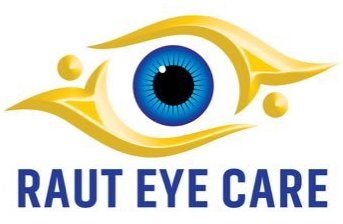
Visual Acuity Test is a type of vision test used to measure how well someone can see.It typically involves reading letters of various sizes from a distance in order to determine how well a person can distinguish them.
Visual Acuity Test is used to diagnose vision problems such as nearsightedness, farsightedness, and astigmatism.It can also be used to detect changes in vision that could indicate a more serious eye condition.
The test is performed by an eye doctor or optometrist, who will ask the patient to read letters of various sizes from a chart or a digital device.The results are measured using a unit of measurement known as the “Decimal Visual Acuity Scale.”
Normal vision is usually considered to be 20/20, meaning that the patient can read letters from 20 feet away that are the size of a standard eye chart.






